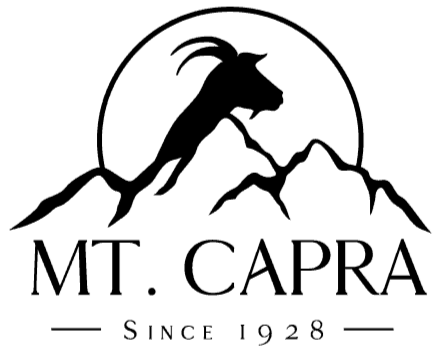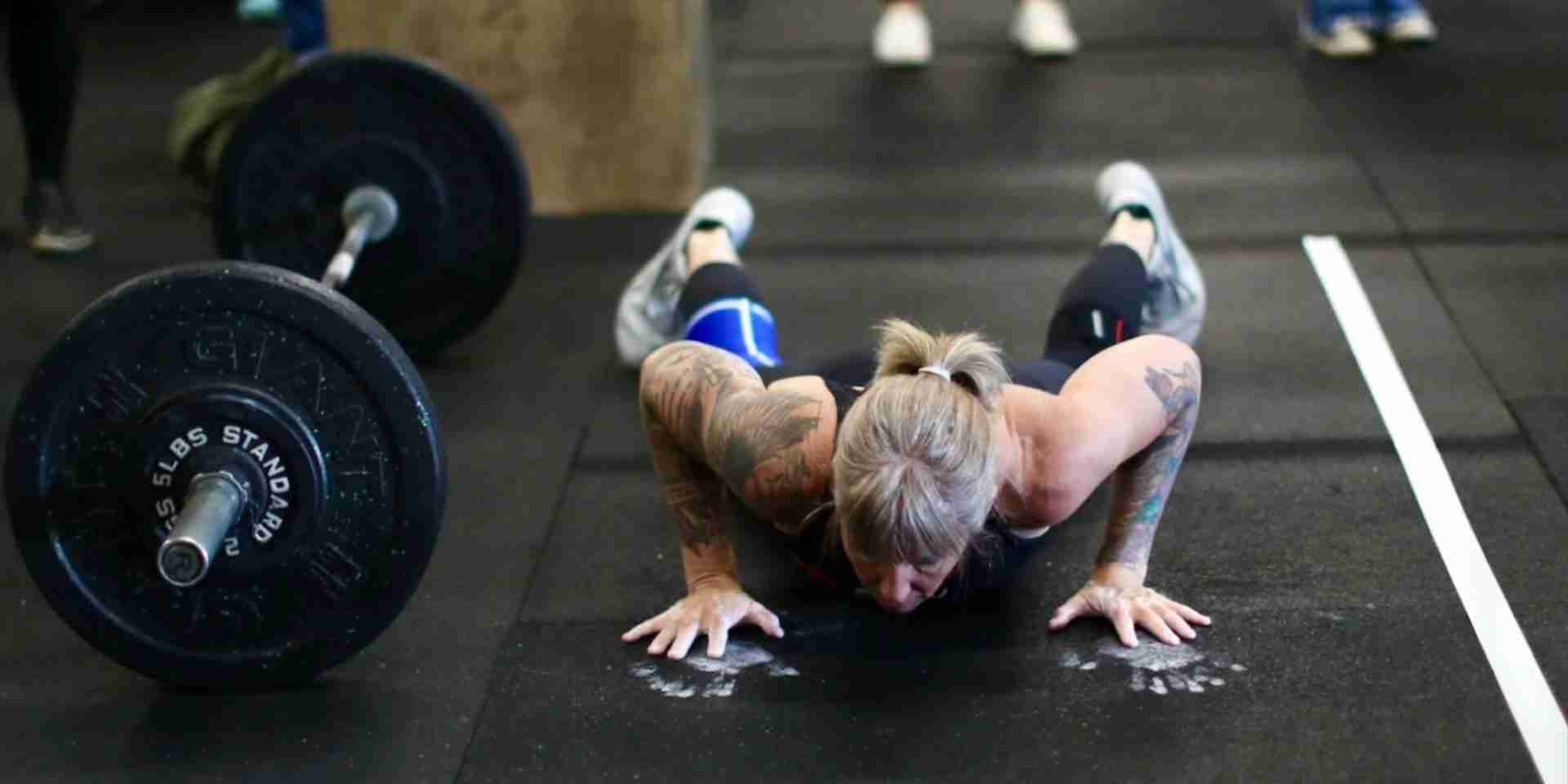As we age, we slow down. But does it have to be that way?
What if slowing down wasn’t a result of aging, but a result of moving less as we get older?
Everyone who wants to be better at getting older should be exercising. Everyone needs to be exercising for proper body and brain functioning. But where to start? There are so many options out there. Landing on the correct answer to this question requires taking several factors into consideration:
- Gender
- Age
- Exercise experience
- Current level of fitness
- Interests and physical abilities
- Goals
- And more
First, let’s discuss why everyone should be doing some sort of exercise.
The Central Nervous System (CNS)
The CNS’s job is maintaining homeostasis within our bodies. Temperature, balance, and blood sugar regulation to name a few. We, as humans, are open systems, meaning we’re impacted by outside factors like environment, food, aging, and sleep to name a few. We’re constantly adapting as we aim to maintain a stable state. The choices we make have a direct impact on the functioning of our CNS.
Genetics
Everyone has different strengths and weaknesses. Some people are naturally stronger, coordinated, or more flexible. This has to do with the way their CNS has been wired.

Someone who’s naturally stronger may tend towards power lifting. Someone who’s not very flexible may not tend towards yoga.
I know what you’re thinking, and no, this isn’t an excuse to avoid lifting weights 😉
Predispositions may impact what types of workouts we tend towards, but doesn’t need to hold us back! It may take more work and focus to perform in exercise we weren’t born to be great at, but it’s always possible to improve upon our abilities.
After just one minute of exercise, the body’s internal state is drastically changed. Blood sugar levels decrease and glycogen is used as energy. Glycogen is depleted and we switch to fat for energy. As we breathe harder we use more oxygen, which produces water, carbon dioxide, and other byproducts. Our internal temperature goes up and we compensate by sweating. These, along with biochemical changes that involve more than 9000 molecules, all take place on the cellular level.
And here’s where the magic is. All these changes affect how genes are switched on and off. A predisposition to cardiovascular disease, for example, could be turned down, and more beneficial attributes, like a lower resting heartrate, are turned up.
A powerful response also occurs in the brain when we’re physically active. The release of neurochemicals has a far reaching impact on our mood, mental health, decision making, immunity, and overall functioning.
By now you probably understand why you’d want to challenge the Central Nervous System. Exercise is one of the easiest interventions we have to control our CNS and impact our health and happiness.
Strength is King
Strength training (which includes training for power) and specified cardio training are the two types of exercise with the most impact on health and longevity.

“…strength is a central nervous system improvement.” -Dr. Stacy Sims
Building strength helps with neural pathways, which are important for improving brain function as we get older.
If you want to have independence in your old age, you need strength. And the best way to build strength is by heavy lifting.
Lifting heavy weights helps both men and women be more resilient to the aging process by:
- Increasing bone density
- Increasing muscle mass
- Increasing muscle strength
- Driving fat loss
- Improving sleep
- Maintaining a high metabolism
- Improving cognitive function
- Reducing the risk of injury
- Protecting against disease
So, what types of lifts?
The most efficient way to full body strength is through compound movements. These include what are known as the “big” lifts: squat, deadlift, shoulder press, bench press. They also include other full body exercises like cleans, thrusters, weighted lunges, bent over rows, etc. If your eyes just glazed over, stay with me.
As much as I love this type of lifting and want more people (especially women) to experience it, I understand it’s not everyone’s cup of tea. There’s a learning curve that could take weeks or even months for these “big” lifts and compound movements to be safe and accessible.
Bodyweight exercises, resistance bands, and single joint exercises (like bicep curls, arm raises, leg extensions, machines) will still be effective in building strength.

Once strength is established, it’s time to work on power.
Power training as part of strength training
“With age and menopause, strength and power are the first things to go.” -Dr. Stacy Sims
Power is being able to move weight quickly. You don’t want to try and move weight quickly without first being able to move the weight slowly. This is why strength must come first. Once you’re ready, though, training for power is important. And dare I say, fun!
Women have fewer type II muscle fibers compared to men. Type II fibers are the ones responsible for speed and power. They are also called fast twitch muscle fibers. Because women are predisposed to having more type I, or slow twitch, muscle fibers, we’re naturally inclined to be good at long, slow cardio. Therefore, it behooves us to work on our “weakness.” Training for power will have a greater benefit than training for endurance, and this is especially true for women who are menopausal-aged.
Men, on the other hand, may want to spend more time on muscular endurance, since you’re naturally inclined towards power. Lucky you!
A word about reps
Reps are the number of repetitions you do of a given exercise. Up until recently, there’s been a prescribed rep range for specific desired outcomes such as hypertrophy (muscle growth) and strength. However, most of that has been debunked and what matters most is that you get the muscle fatigued. It doesn’t matter if you get there after 4 reps or 14 reps, as long as you get there!
Lower reps requires heavier weights, so I don’t recommend low reps for beginners. But for proficient lifters, low rep strength training is an awesome challenge and big hit to the CNS as well (which is a good thing).
High repetitions
There are a couple reasons you may want to lean into high rep strength training:
- Lifting heavy loads at low reps requires a certain level of conditioning and experience. This can be an obstacle for some! Choosing a lighter weight / lower resistance and performing higher reps is a safer option for someone who’s new to lifting or who’s concerned about getting injured.
- Doing higher reps favors slow twitch (type I) muscle fibers. As I mentioned before, this is the type women have more of, which means in terms of strength, us gals could perhaps respond better to this type of training.
If Strength is King, then Cardio is Queen

For the best adaptive response, the way you go about doing your cardio will depend on if you’re male or female.
Men can benefit from doing zone 2 cardio. Again, this has to do with their higher amounts of fast twitch muscle fibers. Zone 2 is long and slow and requires slow twitch muscle fibers. So guys, hop on that bike and I’ll see you in a couple hours.
Ladies, your cardio prescription is much different.
You want to be doing true high intensity.
HIIT (high intensity interval training) and SIT (sprint interval training) requires working at 80% or more of your max. It’s quite the opposite of zone 2 because – you guessed it – we have more slow twitch muscle fibers. So instead, we want to develop our fast twitch fibers. Doing so gives us the spike in cortisol necessary to reduce our baseline (overall) cortisol. High intensity also elicits a better parasympathetic response. The parasympathetic nervous system helps the body relax and conserve energy after periods of stress. And lastly, it causes lactate production which helps prevent against Alzheimer’s.
In Conclusion
So what kind of exercise is best for you? The answer is very simple: strength and cardio. Where does that leave all the other types, like yoga, pilates, or the stairmaster to name a few?
Several mornings a week, I take my dogs to a local trail for an hour hike. I don’t worry about what zone I’m in, I just walk. Sometimes I run. The fresh air clears my head and watching the sun rise with my doggies is good for my soul.

There’s still value in my morning hikes. But it’s a different value compared to my strength and interval training.
Exercise can be simply about moving, and not about getting an adaptive response. If there’s something you enjoy doing, there’s benefit in that.
What’s most important is that you keep moving!
Want to dive deeper?
Follow these folks:
Louisa Nicola, Neurophysiologist, Performance Based Alzheimers Disease Researcher to learn more about the impact of exercise on brain health
Alan Aragon, Pioneer of Evidence-Based Nutrition to learn more about fueling for optimal health
Dr. Stacy Sims, Expert on Female Physiology and Training to learn more about women’s health and fitness






Share:
Read This Before Intermittent Fasting Another Day
Cultivating Capable Kids: Fitness and Protein for Youngsters